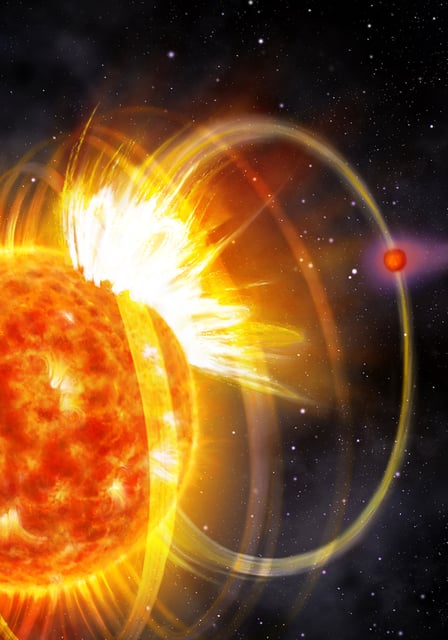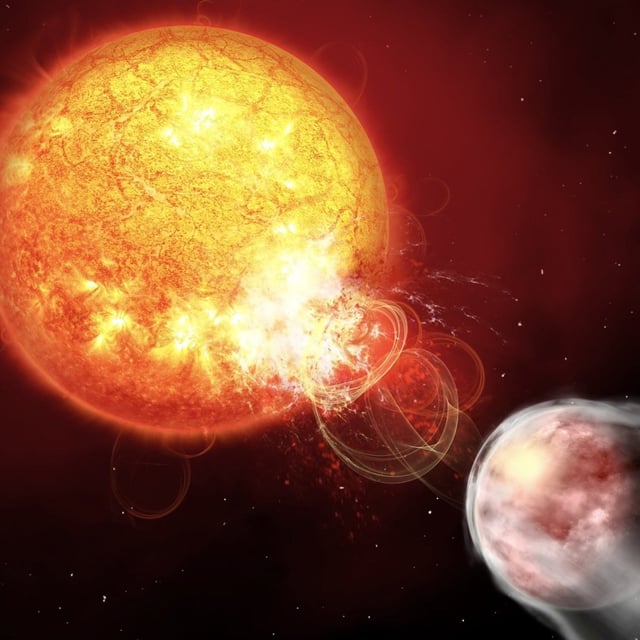Overview
- Analysis of TESS and CHEOPS data confirms that flares on HIP 67522 coincide exactly with the planet’s seven-day orbit.
- The triggered eruptions unleash energy thousands of times greater than the Sun’s most powerful flares.
- Repeated bursts are eroding the planet’s wispy atmosphere and are expected to reduce its size from Jupiter to Neptune scale over 100 million years.
- Teams plan multiwavelength observations and expanded surveys of close-in gas giants to assess how widespread this magnetic interaction may be.
- This first observed case of a planet influencing its star challenges existing models of exoplanet evolution and offers a new approach to detecting distant worlds.

